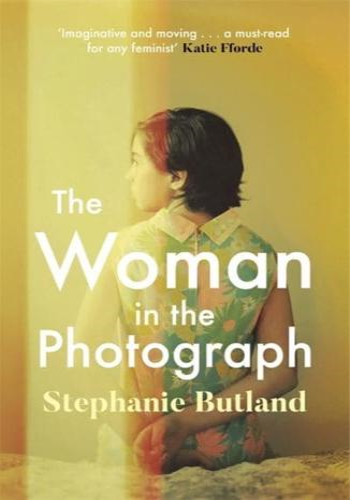An empowering, thought-provoking feminist novel that will change the way you see the world. Perfect for fans of Elizabeth Day, Claire Fuller and Joanna Cannon. 1968. Veronica Moon, a junior photographer for a local newspaper, is frustrated by her (male) colleagues' failure to take her seriously. And then she meets Leonie on the picket line of the Ford factory at Dagenham. So begins a tumultuous, passionate and intoxicating friendship. Leonie is ahead of her time and fighting for women's equality with everything she has. She offers Veronica an exciting, free life at the dawn of a great change. Fifty years later, Leonie is gone, and Veronica leads a reclusive life. Her groundbreaking career was cut short by one of the most famous photographs of the twentieth century. Now, that controversial picture hangs as the centrepiece of a new feminist exhibition curated by Leonie's niece. Long-repressed memories of Veronica's extraordinary life begin to stir. It's time to break her silence, and step back into the light. Praise for The Woman in the Photograph: 'Imaginative and moving novel - a must-read for any feminist' Katie Fforde 'I absolutely loved The Woman in the Photograph, a compelling,original and thought-provoking look at feminism and the power of female friendships' Sarah Franklin 'What a glorious combination: Stephanie's warm intelligence brought to bear on the complexities of second-wave feminism. I ate the book up' Shelley Harris 'Refreshing and thought-provoking . . . a stirring exploration of female friendship and the fight for equality' Carys Bray 'Brilliantly researched, thought-provoking, and written straight from the heart, this is undoubtedly Butland's best book yet' Lancashire Evening Post







